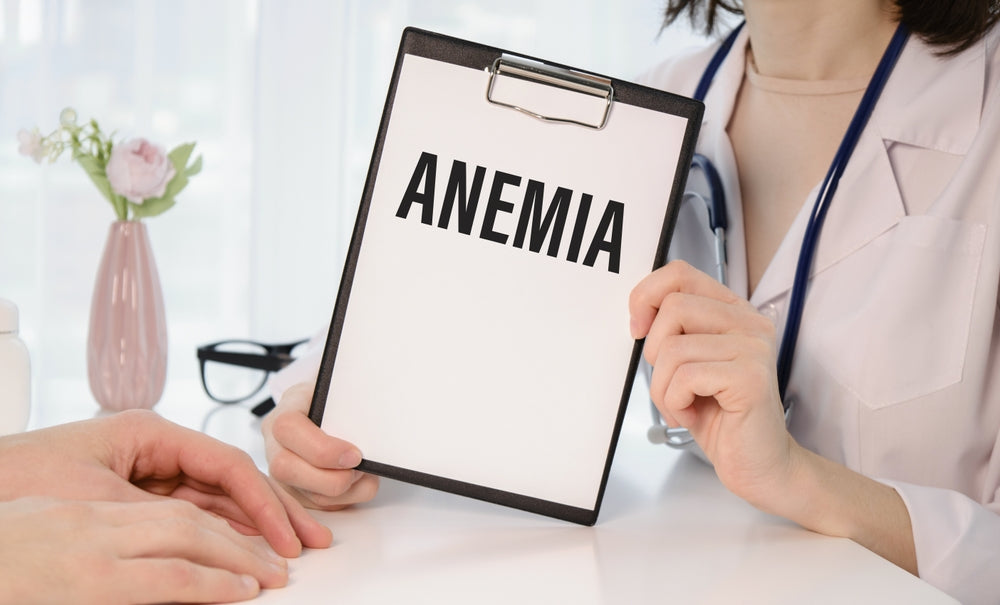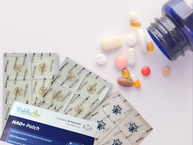Anemia, particularly from iron deficiency, is the world's most prevalent mineral deficiency, and dealing with it is far from pleasant. Fatigue and an increased risk for infections are common symptoms, but the good news is that anemia is largely preventable. Let's explore ways to reduce the risk of anemia and maintain robust health. Remember to consult with your healthcare provider for personalized advice and before adding any supplements to your routine.
Six Strategies to Ward Off Anemia
1. Understand Your Anemia Risk
Certain groups are more susceptible to iron deficiency:
- Bariatric surgery recipients
- Pregnant individuals
- Women of child-bearing age
- Frequent blood donors
- Individuals with bleeding disorders
- High-intensity athletes
- Rapidly growing adolescents
- Vegans, vegetarians, and those on strict plant-based diets
- People on restricted diets
2. Recognize Anemia Symptoms
Spotting anemia early is crucial. Since iron aids in immune function and oxygen transportation, symptoms often reflect these roles:
- Persistent fatigue
- Muscle weakness
- Cold extremities
- Brittle nails
- Increased susceptibility to infections
- Non-nutritive cravings (e.g., for dirt or ice)
- Pale or clammy skin
- Dizziness or lightheadedness
Consult a healthcare professional if these symptoms arise.
3. Routine Testing for Anemia
Anemia tests are simple, requiring no fasting. Inquire about routine blood tests at your check-ups to catch anemia early.
4. Consume Iron-Rich Foods
Incorporate iron sources into your diet:
- Animal-based: liver, beef, chicken, seafood, egg yolks, and milk
- Plant-based: beans, lentils, potatoes, raisins
- Iron-fortified: cereals and grains
- Leafy greens: spinach, kale, and collard greens
5. Boost Your Vitamin C Intake
Vitamin C enhances the absorption of non-heme iron (found in plants):
- Fruits and vegetables: bell peppers, onions, tomatoes, kiwi, citrus, cantaloupe, strawberries
- Leafy greens and potatoes
Pair vitamin C-rich foods with your iron-rich meals to maximize benefits.
6. Try an Iron Supplement Patch
When diet isn't enough, consider supplements such as the Simply Iron Patch by PatchAid. This topical patch provides 50 mg of iron alongside 90 mg of vitamin C, potentially supporting:
- Maintaining healthy iron levels
- Red blood cell production
- Supporting immune response
- Reducing oxidative cell damage
Simply apply the patch to clean, hairless skin for 8 hours.
Iron-deficiency anemia is common but preventable. Between recognizing the signs, eating wisely, and possibly using a supplement like the Simply Iron Patch by PatchAid, you can actively reduce your anemia risk. Always consult with your healthcare provider before starting new supplements.
Disclaimer: The FDA has not evaluated these statements. PatchAid products are not intended to diagnose, treat, cure, or prevent any disease. Seek professional medical advice and individual results may vary.







